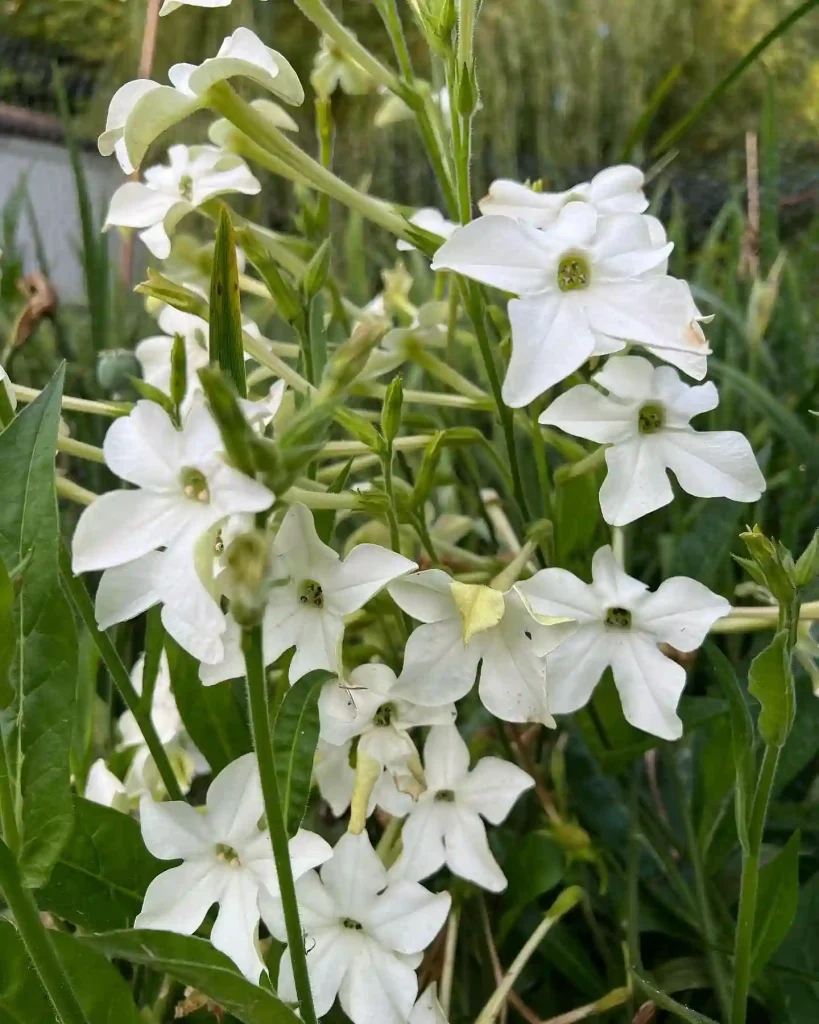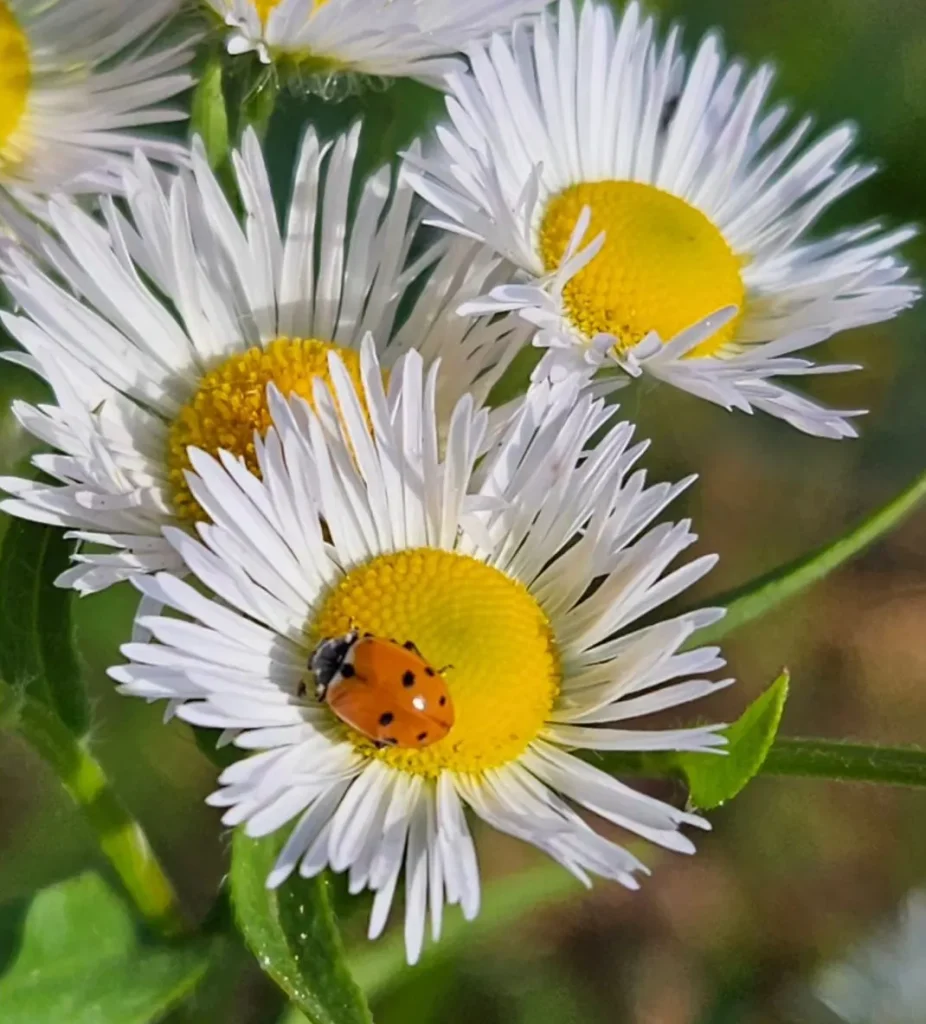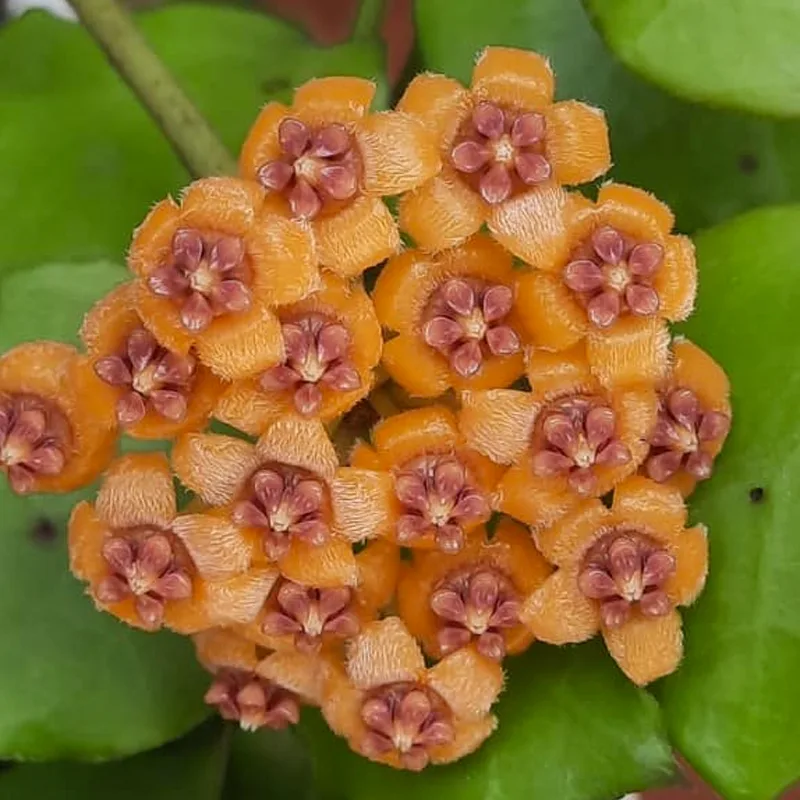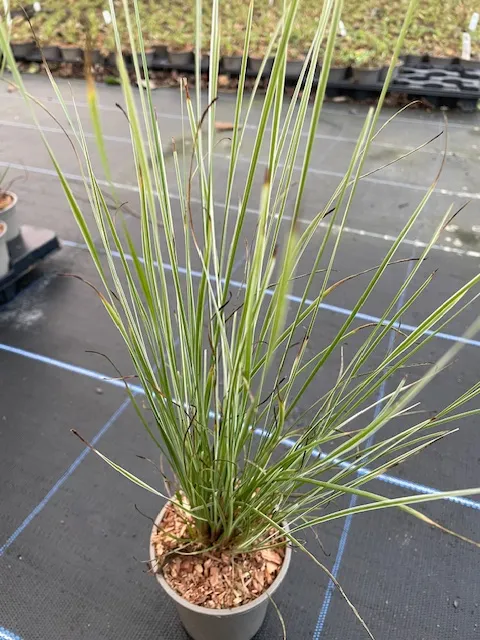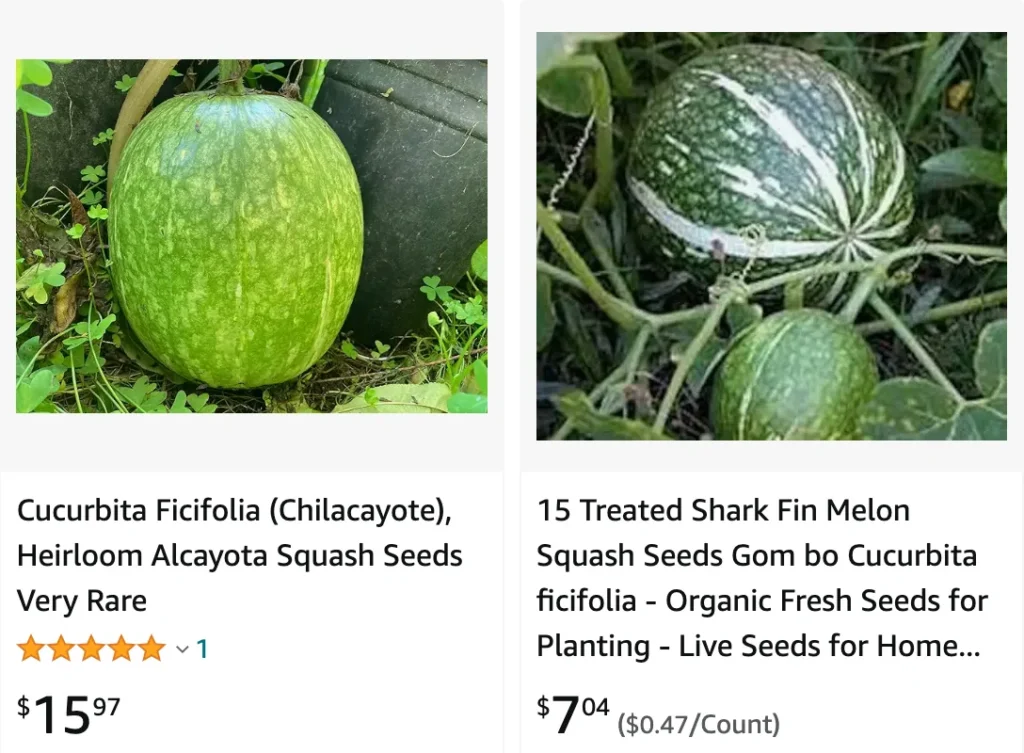
The Intriguing Figleaf Gourd: A Gardener’s Guide
For the adventurous gardener, there’s a world beyond the typical pumpkins and squashes. Enter Cucurbita ficifolia, also known as the figleaf gourd, Malabar gourd, or chilacayote. This unique vine boasts not just one, but several edible parts, making it a conversation starter in any garden. Over the years, I’ve been growing this fascinating plant, and I’m here to share my experience with you.
19 Species in Genus Cucurbita
What is Cucurbita ficifolia?
Cucurbita ficifolia is a perennial vining squash, native to the highlands of Central and South America. Unlike its annual cousins, this gourd can live for many years, producing vibrant green, lobed leaves that resemble fig leaves (hence the name). The real stars of the show, however, are the fruits. These can grow quite large, sometimes exceeding a foot in length, and come in various shapes, from oblong to pear-shaped. The immature fruits are typically green with white mottling, eventually hardening into a mature gourd with a woody texture. But the deliciousness doesn’t stop there. Both the young leaves and shoots are edible, adding a unique flavor to stir-fries and salads.
Why Grow Cucurbita ficifolia?
There are several reasons to consider adding Cucurbita ficifolia to your garden. First, it’s a conversation starter. The unusual appearance of the plant, with its large, lobed leaves and interesting fruits, is sure to pique the curiosity of fellow gardeners. Second, it’s incredibly versatile. The immature fruits can be enjoyed stir-fried, curried, or even pickled. The mature gourds, once dried, can be crafted into beautiful and functional utensils. The young leaves and shoots add a unique, slightly bitter flavor to salads and stir-fries. Third, and perhaps most importantly, Cucurbita ficifolia is a perennial. Unlike most squashes, which require annual planting, this vine can reward you with harvests for years to come, with proper care.
When to Plant Cucurbita ficifolia?
The ideal time to plant Cucurbita ficifolia depends on your climate. In warmer regions with long growing seasons, you can sow seeds directly outdoors in the spring, after the danger of frost has passed. For cooler climates or those with shorter growing seasons, starting seeds indoors 4-6 weeks before the last frost is recommended. This will give your seedlings a head start and ensure they have enough time to mature before the cold weather arrives.
How to Grow Cucurbita ficifolia?
Growing Cucurbita ficifolia is relatively straightforward, but there are a few key things to keep in mind.
- Sunlight: This vine thrives in full sun, so choose a location that receives at least 6-8 hours of direct sunlight daily.
- Soil: Cucurbita ficifolia prefers well-draining, fertile soil. Amending your planting bed with compost or aged manure will provide the necessary nutrients for healthy growth.
- Space: This is a vigorous vine and can sprawl quite extensively. Allocate ample space for it to grow, ideally near a fence, trellis, or other sturdy support structure.
- Watering: Water your Cucurbita ficifolia regularly, especially during hot and dry periods. Aim to keep the soil consistently moist but not soggy.
- Fertilization: While not strictly necessary, a balanced fertilizer applied once a month during the growing season can encourage lush growth and fruit production.
How to Care for Cucurbita ficifolia?
Once established, Cucurbita ficifolia requires minimal maintenance. Regularly monitor the vine for signs of pests or diseases and address them promptly using organic methods whenever possible. As the fruits mature, you can harvest them for consumption or leave them on the vine to dry for decorative purposes.
How to Propagate Cucurbita ficifolia?
Propagating Cucurbita ficifolia is a simple process. You can either save seeds from mature fruits or take stem cuttings.
- Seeds: Allow a mature fruit to dry completely on the vine. Once dry, cut it open and remove the seeds. These can be stored in a cool, dry place for up to several years. When ready to propagate, sow the seeds directly outdoors or start them indoors as mentioned earlier.
- Stem Cuttings: Take cuttings from healthy stems in early spring. Choose a portion of the stem that has at least two nodes (the bumps where leaves emerge). Plant the cutting in a pot filled with moist potting mix and keep it in a warm, humid location until roots develop. Once established, harden off the cutting before transplanting it outdoors.
What to Plant with Cucurbita ficifolia?
Due to its vigorous growth habit, it’s best to plant Cucurbita ficifolia alongside other climbing plants that can share the support structure. Beans and peas are excellent companions as they can fix nitrogen in the soil, benefiting the figleaf gourd. However, avoid planting Cucurbita ficifolia with other squash varieties to prevent cross-pollination and potential flavor dilution. For an aesthetically pleasing combination, consider planting brightly colored flowers like morning glories or nasturtiums at the base of the trellis. These will not only add a pop of color but also attract pollinators that will benefit your figleaf gourd and other flowering plants in your garden.
If i die, water my plants!
